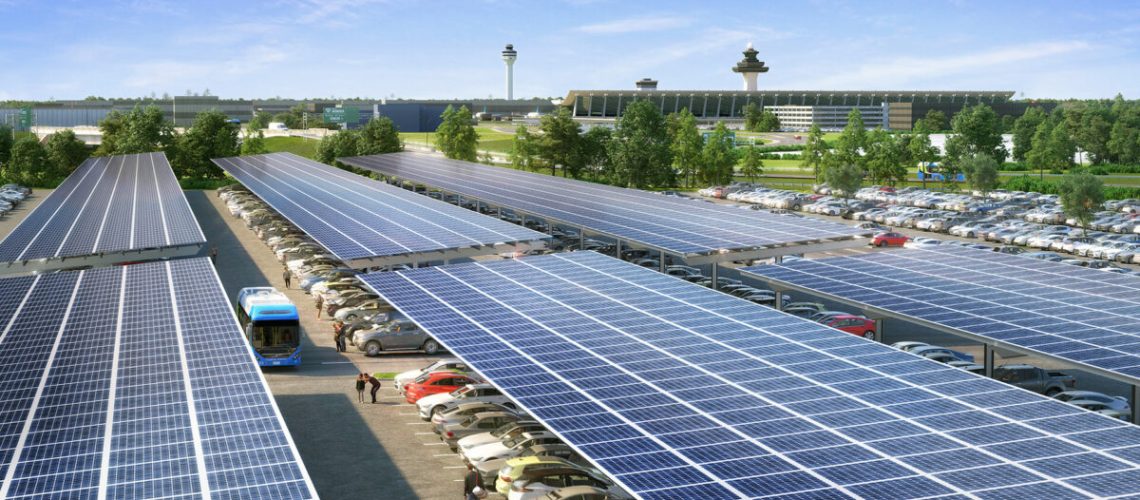The trade group Advanced Energy United called on Virginia regulators to reject Dominion Energy’s proposed resource plan because it lowballed renewables and storage. The Sierra Club said 15 GW more solar and 5 GW more storage by 2038 would be optimal.
A Virginia utility artificially limited the amount of solar, wind and storage that could be added each year in the resource plan it submitted to state regulators, said Maria Roumpani, technical director for Strategen Consulting, in testimony filed by the trade group Advanced Energy United.
Dominion Energy’s Virginia utility did not develop a least-cost resource plan compliant with the Virginia Clean Economy Act (VCEA), Roumpani said.
State regulators, she said, should require Dominion to revise its resource plan and include at least one resource mix that meets VCEA requirements regarding the amount of solar, wind and storage to be added over the coming years, and that allows for selection of renewable resources above the VCEA development targets “on a least-cost optimization basis.”
That resource mix should not include “forced-in fossil resources,” Roumpani said, and should meet five additional criteria as well.
Dominion limited solar capacity additions to 900 MW per year through 2038. But in its 2020 resource plan, Dominion’s resource modeling selected 1,440 MW of utility-scale solar for several years within the planning period, Roumpani said. “Although real-life limitations exist, Dominion could pursue additional solar projects at customer sites, brownfield locations, or consider easing interconnection considerations with different configurations of hybrid resources with larger-sized DC components.”
Dominion’s resource planning process limited storage capacity additions to 300 MW per year, while in comparison California already has 5,600 MW of storage capacity, Roumpani said.
When allowed to optimize, Dominion’s model selected only power purchase agreements, “as it found them to be more economic than company-owned resources,” Roumpani added.
More solar and storage
The Sierra Club also challenged Dominion’s resource plan, submitting testimony from Devi Glick, a senior principal at Synapse Energy Economics, who conducted independent modeling using the EnCompass resource planning model.
Glick testified that if Dominion retired three coal plants and added more solar and storage, it could reduce CO2 emissions and save ratepayers $7.7 billion over the 25-year study period, based on solar and storage cost projections from the National Renewable Energy Laboratory’s Annual Technology Baseline.
Those CO2 reductions and customer savings would result from adding 17 GW more solar and 5 GW more storage over the next 15 years than in a resource mix in Dominion’s plan that was selected for comparison.
Glick recommended that state regulators require Dominion to revise its resource plan by lifting or easing the build limits it placed on solar PV and battery storage.
Virginia regulators rejected Dominion’s initial proposed resource plans in both 2018 and 2021.



